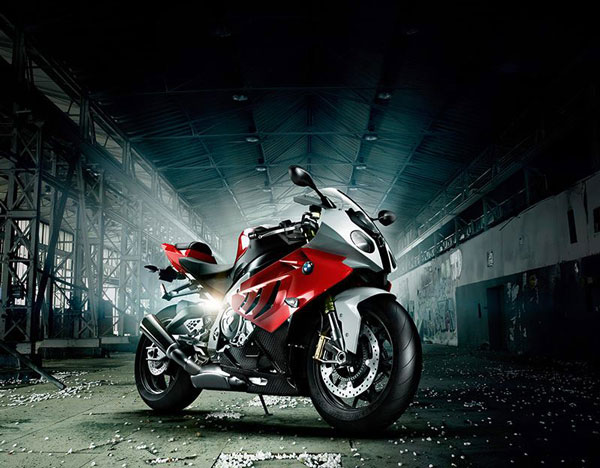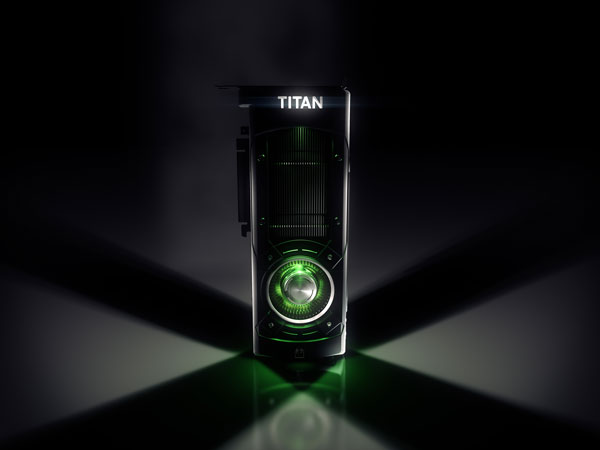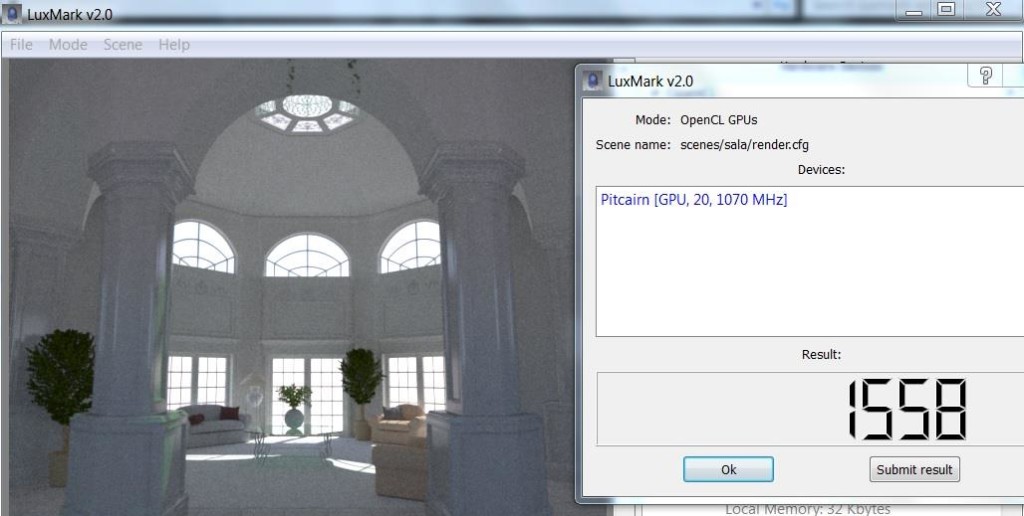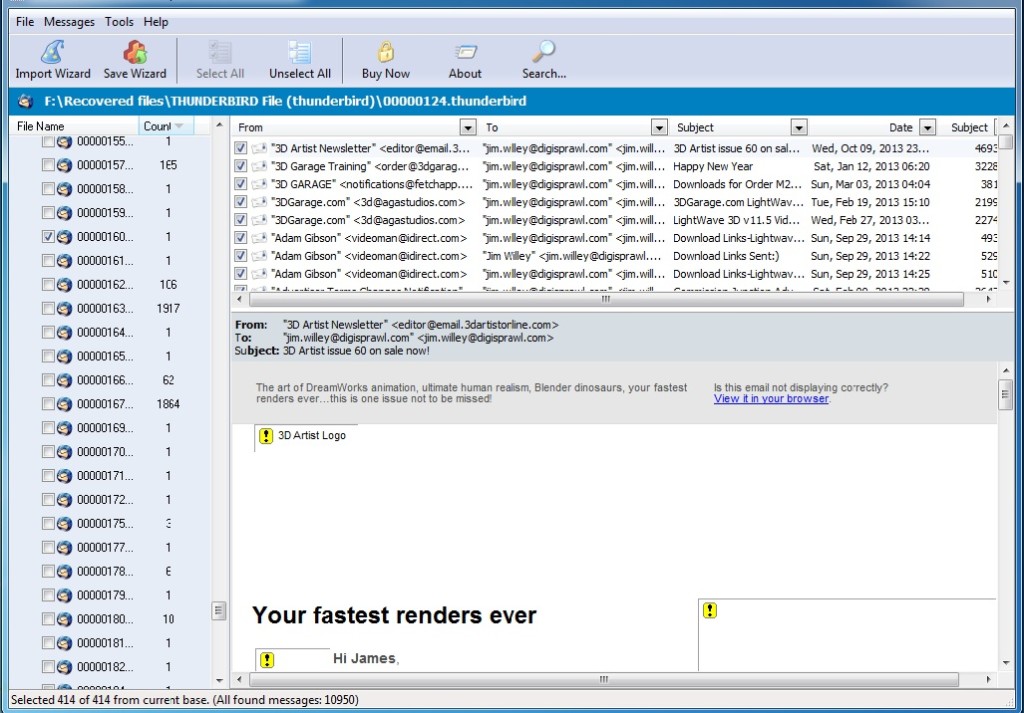Ryzen putting AMD back in Workstations
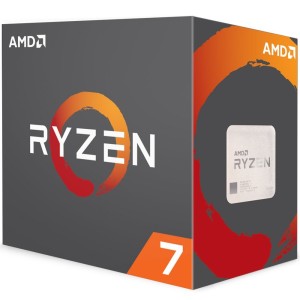 Well, when I heard that AMD’s new Ryzen CPUs (newegg and Amazon) were good, I thought great, I’ll take a look at that later. Just today, almost two months since launch, I finally got around to checking out lots of benchmarks (PC World, Tom’s Guide, ExtremeTec, ars Technica), and it turns out that AMD’s new processors are a lot more exciting than I expected. AMD CPUs have gone from a horrible mess that weren’t in any way competitive with Intel’s higher tier processors, to a game-changing-market-disrupting phenomenon.
Well, when I heard that AMD’s new Ryzen CPUs (newegg and Amazon) were good, I thought great, I’ll take a look at that later. Just today, almost two months since launch, I finally got around to checking out lots of benchmarks (PC World, Tom’s Guide, ExtremeTec, ars Technica), and it turns out that AMD’s new processors are a lot more exciting than I expected. AMD CPUs have gone from a horrible mess that weren’t in any way competitive with Intel’s higher tier processors, to a game-changing-market-disrupting phenomenon.
AMD have finally caught up to Intel, something we haven’t seen in a decade. The Ryzen 7 1800x has been shown to outperform Intel’s beastly i7-6900k, albeit marginally, in Cinebench. Cinebench rouses shrugs from gamers, but to anyone that does lots of 3D rendering, or other heavy multi-threaded tasks, Cinebench is the main show of many processor reviews.
Let’s let that sink in. AMD’s R 7 1800x outperforms Intel’s 8-core $1000 + i7-6900K. At less than half the price of the Intel processor, this has the potential to completely change the market. Suddenly AMD processors are back in workstations, at a fraction of the cost of the equivalent Intel processor. Finally, there’s some real competition back in the processor market. Though if money is something you frequently burn, roll in, sleep on, or utilise to wipe away certain bodily wastes, then there is still Intel’s unrivaled i7-6950X.
Mid and entry level Ryzen perform well
On the lower end of the market the 6 core Ryzen 5 1600x compares favourably against the i5-7600k, thumping it in multi-core tasks, and while not quite as good in terms of gaming, and single-threaded tasks, holds its own well enough. Check out PC Worlds benchmarks. Even the 4 core R 5 1500X competes well against Intel’s i5s, and pushes up to the higher ground of i7s (PC Word, and Guru3D).
Unlike the previous line of FX chips, AMD isn’t attempting to cram more performance in by stuffing more cores on a chip. Their new Zen architecture is genuinely more efficient, and from the entry level, all the way to high-end gaming, and heavy multi-core tasks, AMD is back. Once again we have choice when it comes to purchasing processors. I never once suggested anyone any of AMD’s FX processor, but now I have no problem suggesting Ryzen CPUs.
Considering a new PC build for DAZ Studio?
For many artists using DAZ at the moment the focus is on getting high-end NVIDA GTX cards into their systems, so for those going in that direction, the entry level AMD Ryzen 5 processors might be a really good way to save a not inconsiderable chunk of money better spent on a better graphics card.
For those using 3Delight, CPU LuxRender, Corona, or getting setup for the upcoming CPU based PBR render in the next release of Lightwave, then AMD’s 1800x and 1700x are definitely worth considering as alternatives to the i7-7700K and their line of 2011-3 processors. Hopefully we’ll start to see some serious price drops from Intel as AMD starts winning back some of that market share that has eroded over the years spent in the wilderness.
If gaming performance is important then, i5s, and the quad core i7s offer the best gaming performance, while AMDs new processors are doing a respectable job at keeping pace, again see the benchmarks provide throughout.


 With Iray coming to
With Iray coming to 